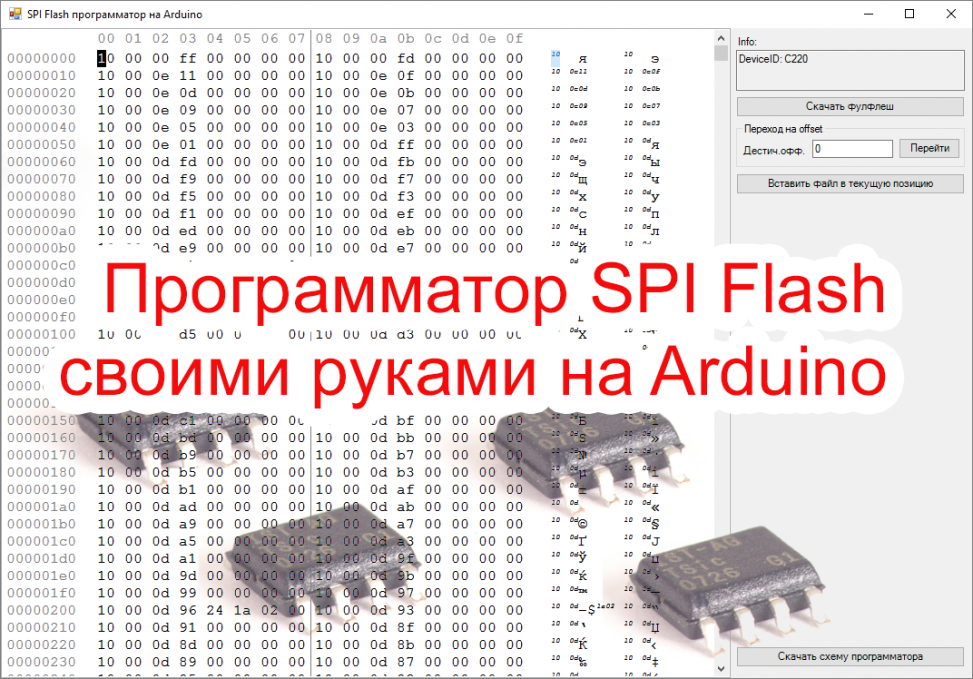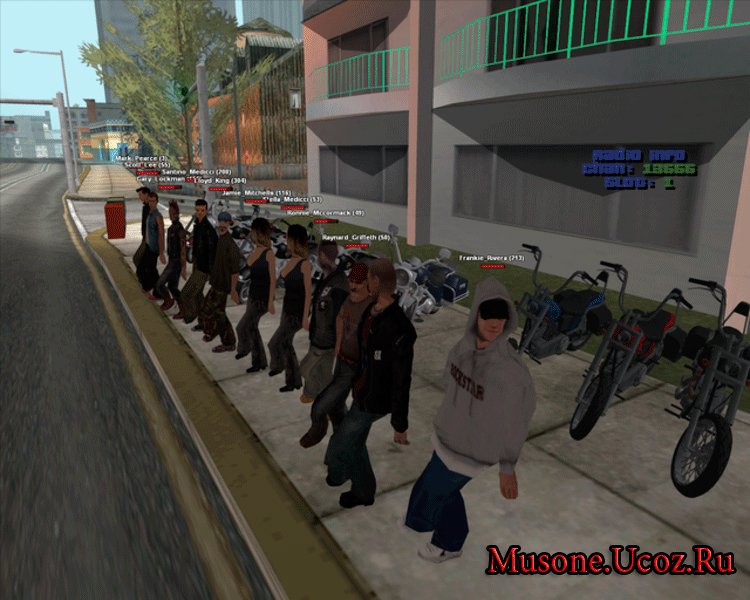Prostoj Spi Flash Programmator

| 5:28:11 [url=lighting[/url],[url=grow lights[/url],[url=lights[/url],[url=lighting[/url],[url=street light[/url],[url=tube[/url],[url=flood light[/url],[url=panel lighting[/url],[url=light bulbs[/url],[url=china[/url],[url=led[/url],[url=spotlight[/url],[url=candles[/url],[url=lamps[/url],ledled lighthighbay lightceiling lightsplies street lightlight tubeled outdoor flood lightled light panelled light bulbsled screenpar20 ledled spotlights outdoorsuper bright ledsled lamps led panellights 300mm [url=panellights 300mm[/url]. 
Android provides several options for you to save your app data. The solution you choose depends on your specific needs, such as how much space your data requires, what kind of data you need to store, and whether the data should be private to your app or accessible to other apps and the user. This page introduces the different data storage options available on Android: •: Store app-private files on the device file system. •: Store files on the shared external file system.
This is usually for shared user files, such as photos. •: Store private primitive data in key-value pairs. •: Store structured data in a private database. Except for some types of files on external storage, all these options are intended for app-private data—the data is not naturally accessible to other apps. If you want to share files with other apps, you should use the API.
An un-boxing video showing the MiniPro TL866 TL866A eeprom programmer. Shows adapters supplied with. From China, cheap, fast, easy programming for New OnePro SPI flash drives 25 series. Sews the chip directly on the motherboard BIOS motherboards, vga bios video card, memory chip on the main board of the monitor, the adapter laptop BIOS, and all 25 series SPI flash.
To learn more, read. If you want to expose your app's data to other apps, you can use a.
Content providers give you full control of what read/write access is available to other apps, regardless of the storage medium you've chosen for the data (though it's usually a database). For more information, read. Internal storage By default, files saved to the internal storage are private to your app, and other apps cannot access them (nor can the user, unless they have root access). This makes internal storage a good place for internal app data that the user doesn't need to directly access. The system provides a private directory on the file system for each app where you can organize any files your app needs. When the user uninstalls your app, the files saved on the internal storage are removed. Because of this behavior, you should not use internal storage to save anything the user expects to persist independenly of your app.
For example, if your app allows users to capture photos, the user would expect that they can access those photos even after they uninstall your app. So you should instead save those types of files to the public external storage. To learn more, read how to.
Internal cache files If you'd like to keep some data temporarily, rather than store it persistently, you should use the special cache directory to save the data. Each app has a private cache directory specifically for these kinds of files. When the device is low on internal storage space, Android may delete these cache files to recover space. However, you should not rely on the system to clean up these files for you. You should always maintain the cache files yourself and stay within a reasonable limit of space consumed, such as 1MB.